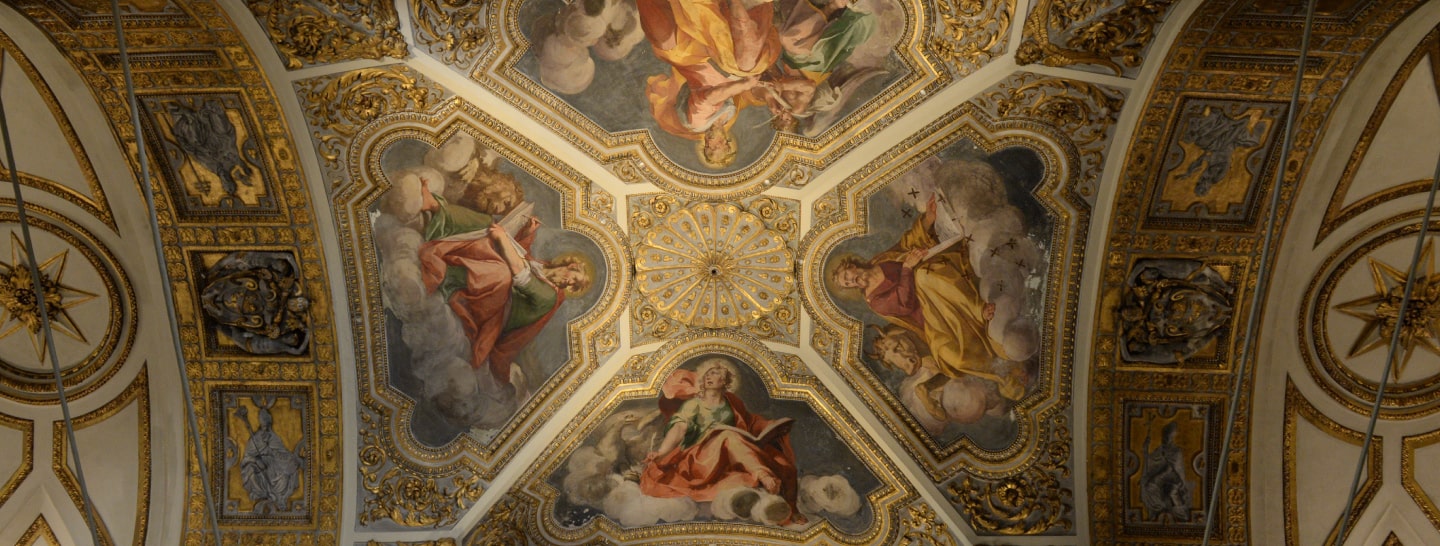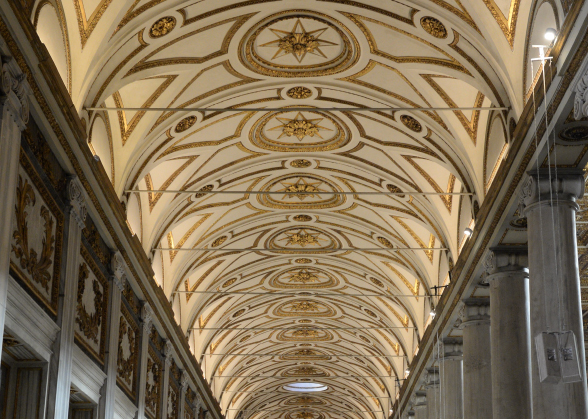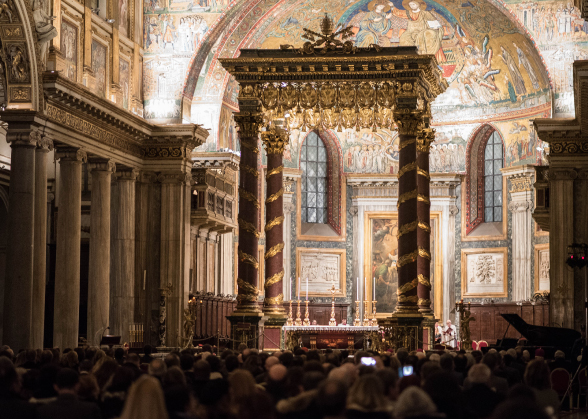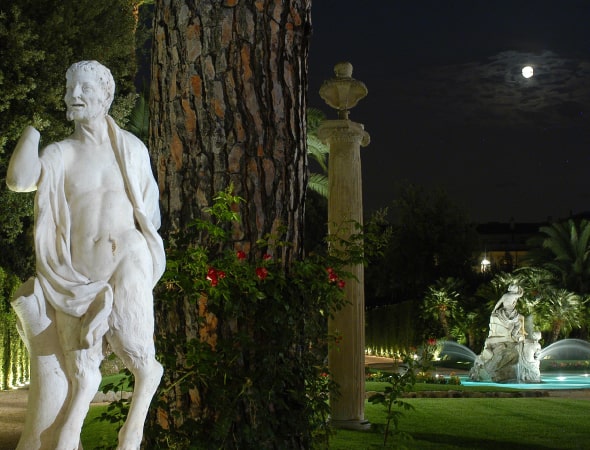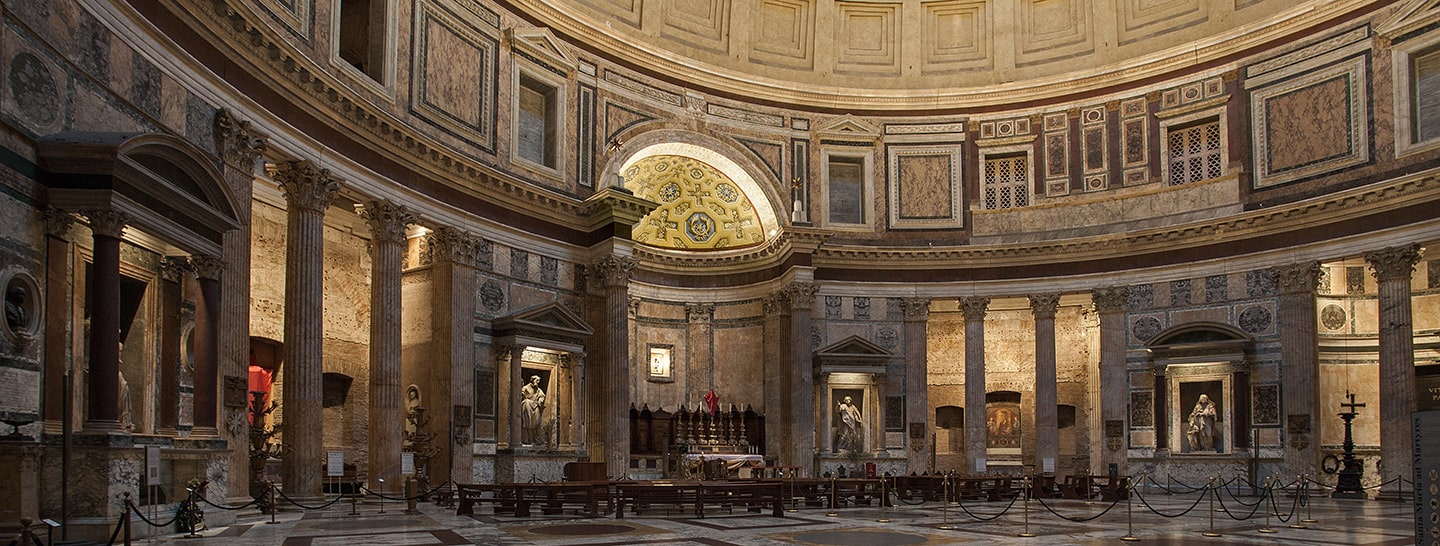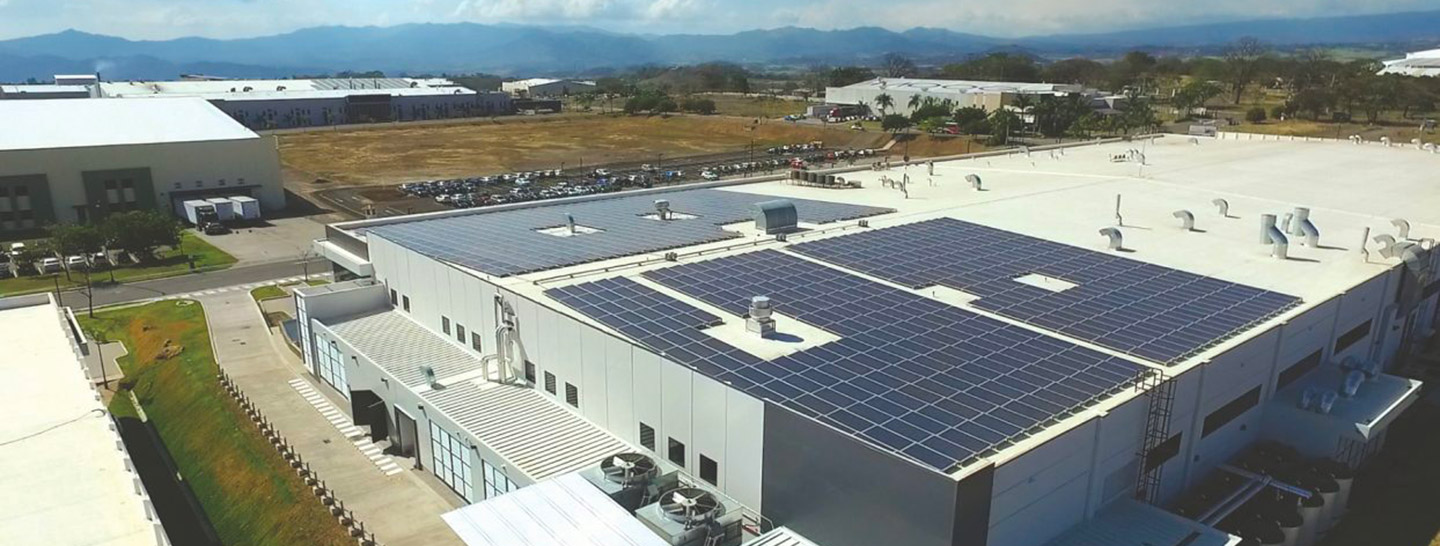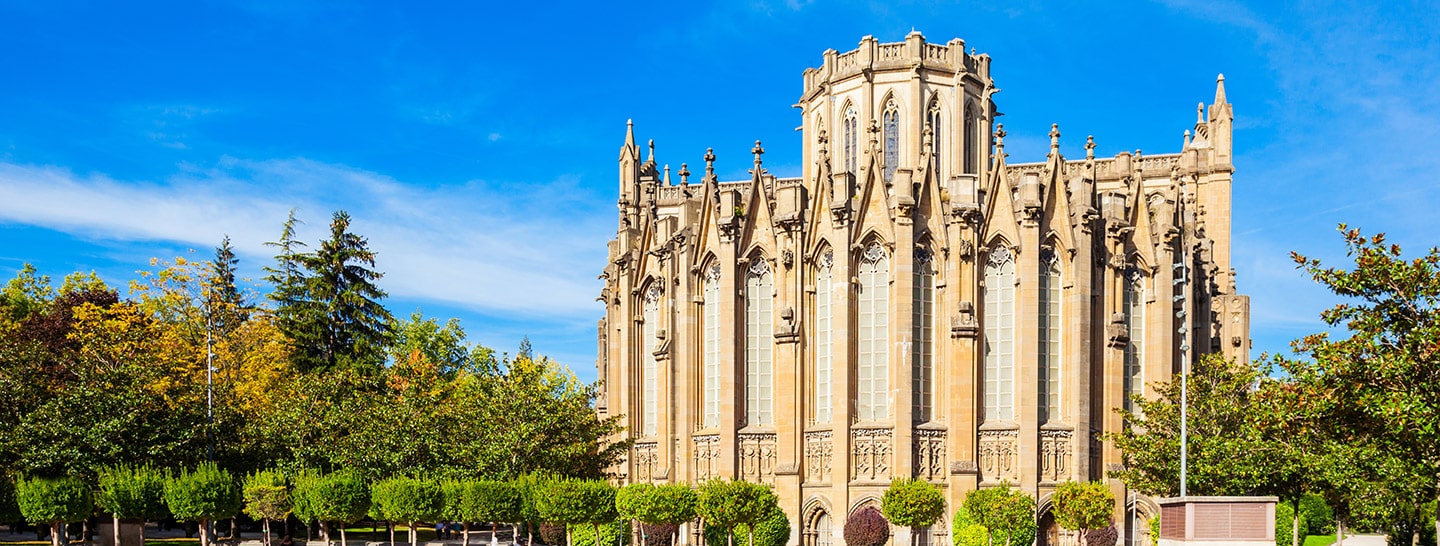Of all the many different art forms, mosaic is probably the one most dependent on light. The great masters of the Middle Ages, rather than laying the tesserae flat, laid them at different angles in order to enhance the way the way they would reflect light.
Rome’s Basilica of Santa Maria Maggiore is home to some of the most spectacular and famous mosaics in the Eternal City. These deserved, in fact, to have just the right light shed upon them, something achieved by the new lighting system created by Enel Sole, the Enel X company specialising in public and artistic lighting, with the support of the Fondazione Endesa.




